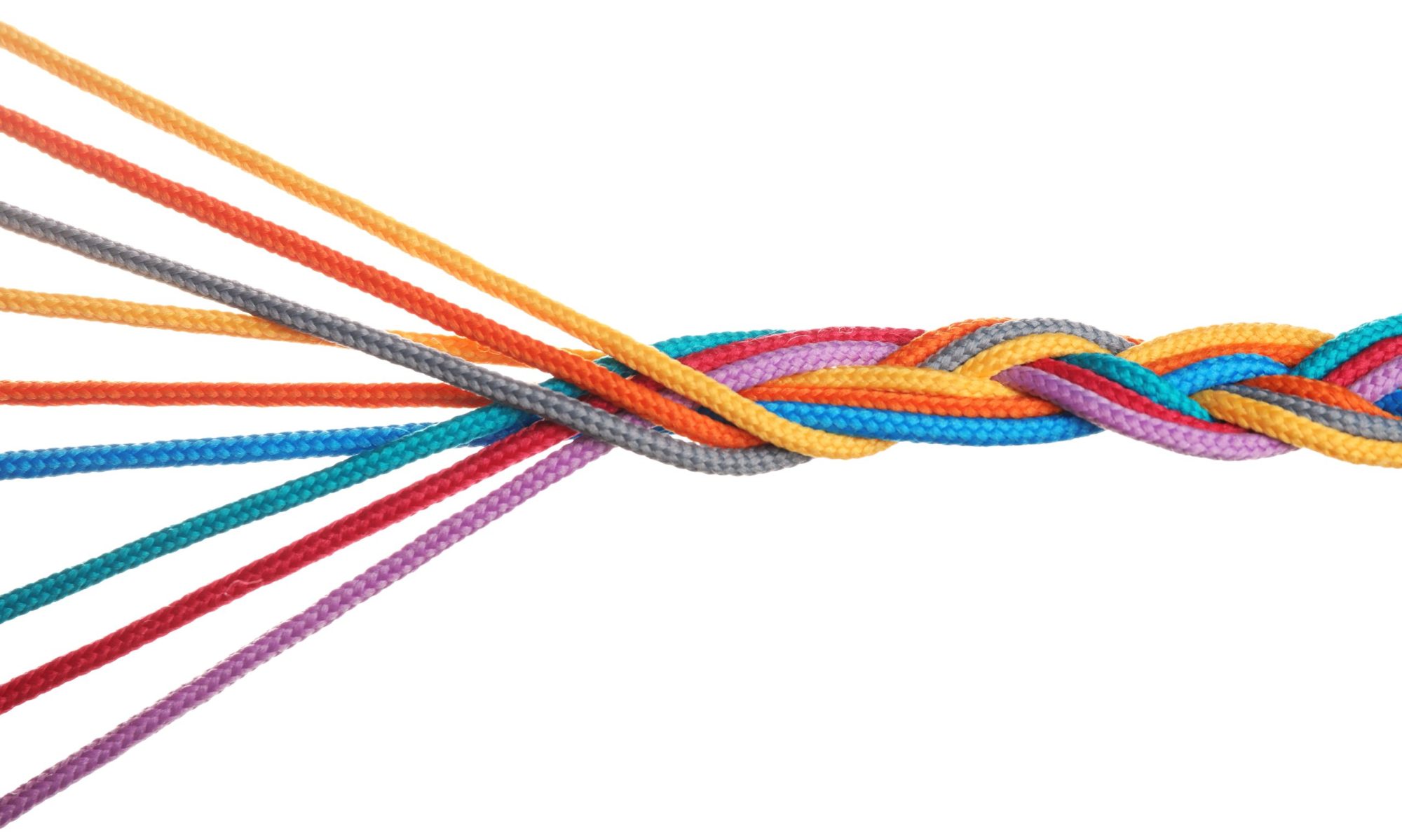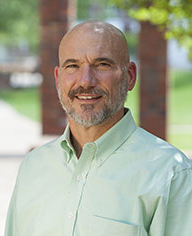What’s in a framework?
As you continue to explore diversityDiversity Differences among people with respect to age, socio-economic status, ethnicity, gender, physical and mental ability, race, sexual orientation, spiritual practices, and other human differences (Deen, Huskey & Parker, 2015)., equityEquity Equity refers to the policies, practices, attitudes, and cultural messages that are representative of all members of society, such that each member has access to resources that eliminate differential outcomes by group identity (Niblett, 2017)., and inclusionInclusion A state of being valued, respected and supported. Inclusion authentically puts the concept and practice of diversity into action by creating an equitable environment where the richness of ideas, backgrounds, and perspectives are harnessed (Hudson, 2011; Baltimore Racial Justice, 2016). (DEIDEI DEI stands for Diversity, Equity, and Inclusion, which refers to a set of principles, practices, and policies that promote and value differences in race, ethnicity, gender, sexual orientation, ability, and other characteristics, while striving to create fair and equitable opportunities and outcomes for all individuals (Gill et al., 2018).), it is important that you have a “guide or blueprint” that conceptualizes the designed approach and associated literature attributed to this subject matter. Three frameworks have molded this designed approach of DEI, to also include associated experts.
It is important to: understand truth, how to heal, how to effectively implement DEI in learning environments, understand the importance of dialogue, and know how to change the optics. The researched ontology provides framework guidance.




